Gaze-Cueing With Crossed Eyes: Asymmetry Between Nasal and Temporal Shifts
Par un écrivain mystérieux
Last updated 02 juin 2024

The results highlight the possibility that the gaze-cueing effect might be weakened when a direct gaze exists between the cueing eye and the target and the effect magnitude might depend on which type of face stimulus are used as a cue. A person’s direction of gaze (and visual attention) can be inferred from the direction of the parallel shift of the eyes. However, the direction of gaze is ambiguous when there is a misalignment between the eyes. The use of schematic drawings of faces in a previous study demonstrated that gaze-cueing was equally effective, even when one eye looked straight and the other eye was averted. In the current study, we used more realistic computer-generated face models to re-examine if the diverging direction of the eyes affected gaze-cueing. The condition where one eye was averted nasally while the other looked straight produced a significantly smaller gaze-cueing effect in comparison with when both eyes were averted in parallel or one eye was averted temporally. The difference in the gaze-cueing effect disappeared when the position of one eye was occluded with a rectangular surface or an eye-patch. These results highlight the possibility that the gaze-cueing effect might be weakened when a direct gaze exists between the cueing eye (i.e., nasally oriented eye) and the target and the effect magnitude might depend on which type of face stimulus are used as a cue.

Gaze-Cueing With Crossed Eyes: Asymmetry Between Nasal and Temporal Shifts - Saki Takao, Aiko Murata, Katsumi Watanabe, 2018

Meeting another's gaze shortens subjective time by capturing attention - ScienceDirect
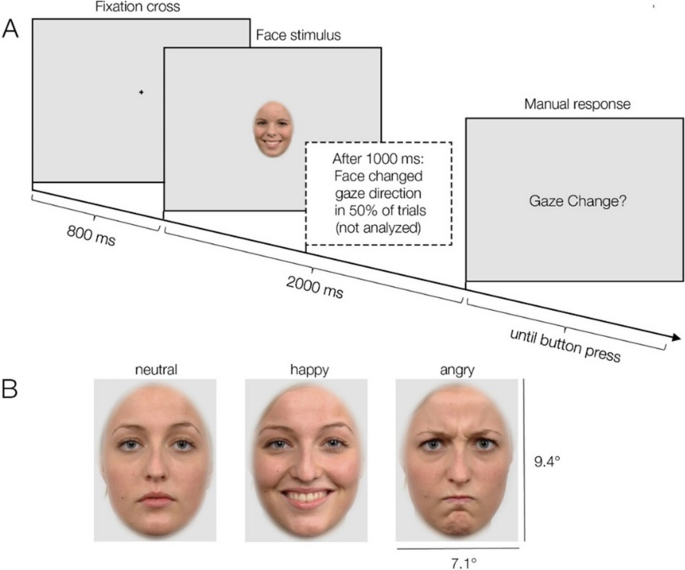
Micro)saccade-related potentials during face recognition: A study combining EEG, eye-tracking, and deconvolution modeling

Mechanisms of Diminished Attention to Eyes in Autism

Adaptation to transients disrupts spatial coherence in binocular rivalry
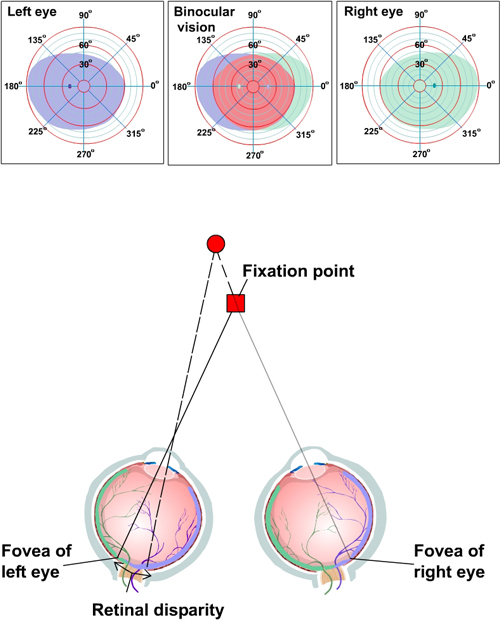
Visual Processing: Eye and Retina (Section 2, Chapter 14) Neuroscience Online: An Electronic Textbook for the Neurosciences

Adaptation procedure used in Experiments 1 and 2. The observer adapted

PDF] Searching for asymmetries in the detection of gaze contact versus averted gaze under different head views: a behavioural study.

Gaze shifts were accompanied by triphasic vergence movements.
Recommandé pour vous
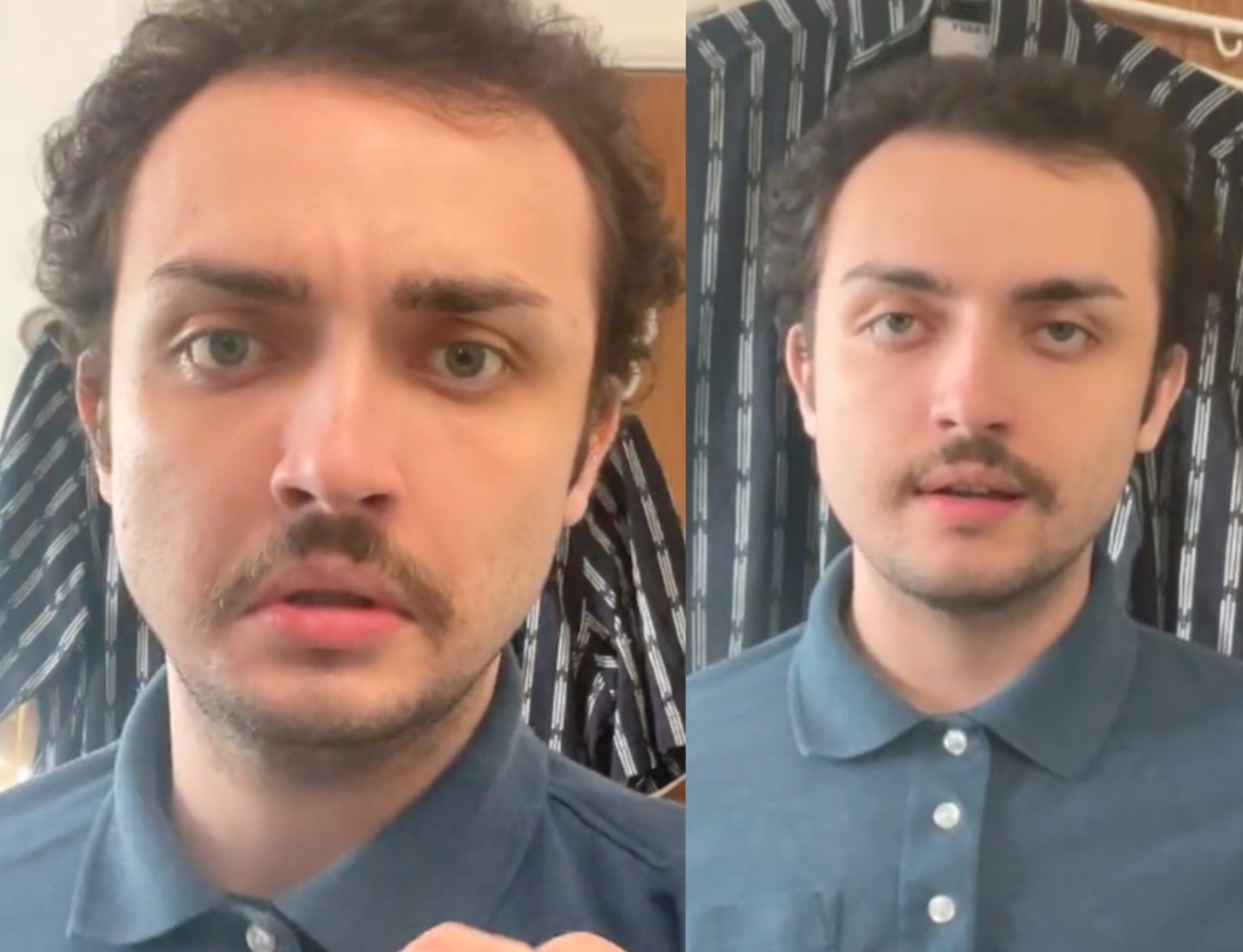 Strange Kevin: has this man really mastered the female gaze?14 Jul 2023
Strange Kevin: has this man really mastered the female gaze?14 Jul 2023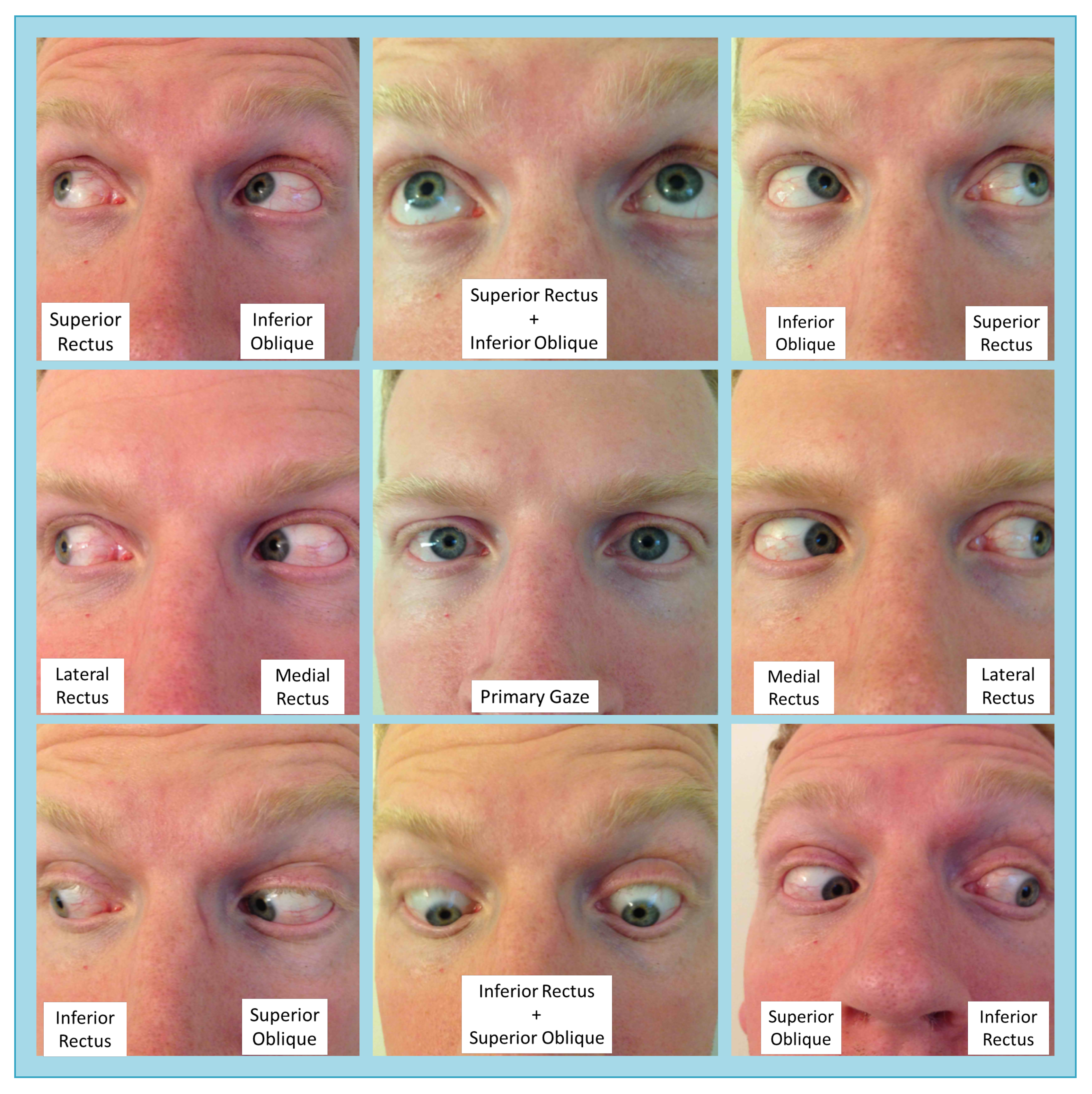 Moran CORE The Motility Exam14 Jul 2023
Moran CORE The Motility Exam14 Jul 2023 Explainer: what does the 'male gaze' mean, and what about a female gaze? - Women's Agenda14 Jul 2023
Explainer: what does the 'male gaze' mean, and what about a female gaze? - Women's Agenda14 Jul 2023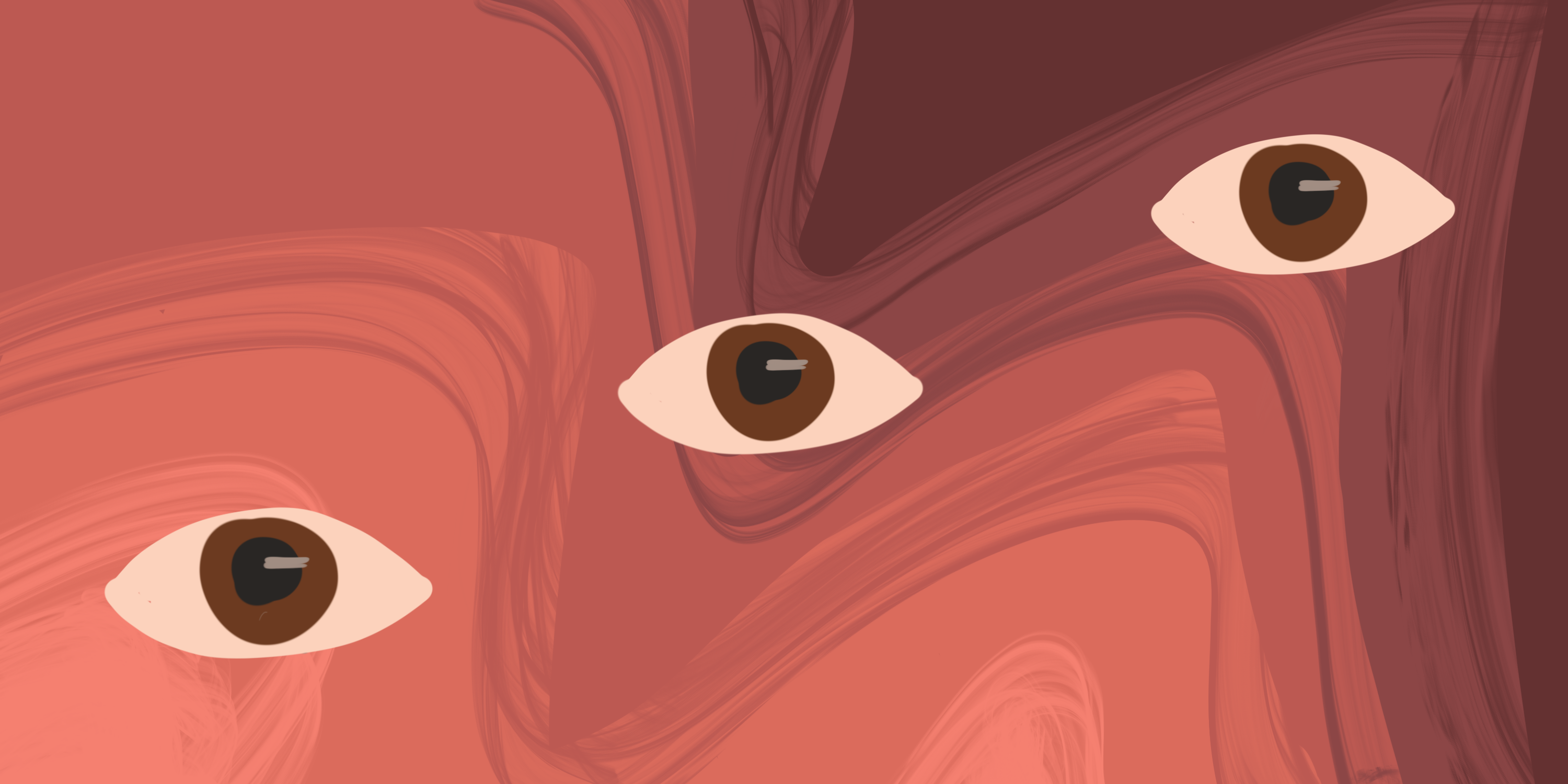 Beware of the White Gaze – Fourteen East14 Jul 2023
Beware of the White Gaze – Fourteen East14 Jul 2023- Example images of different gaze and head pose conditions. Note that14 Jul 2023
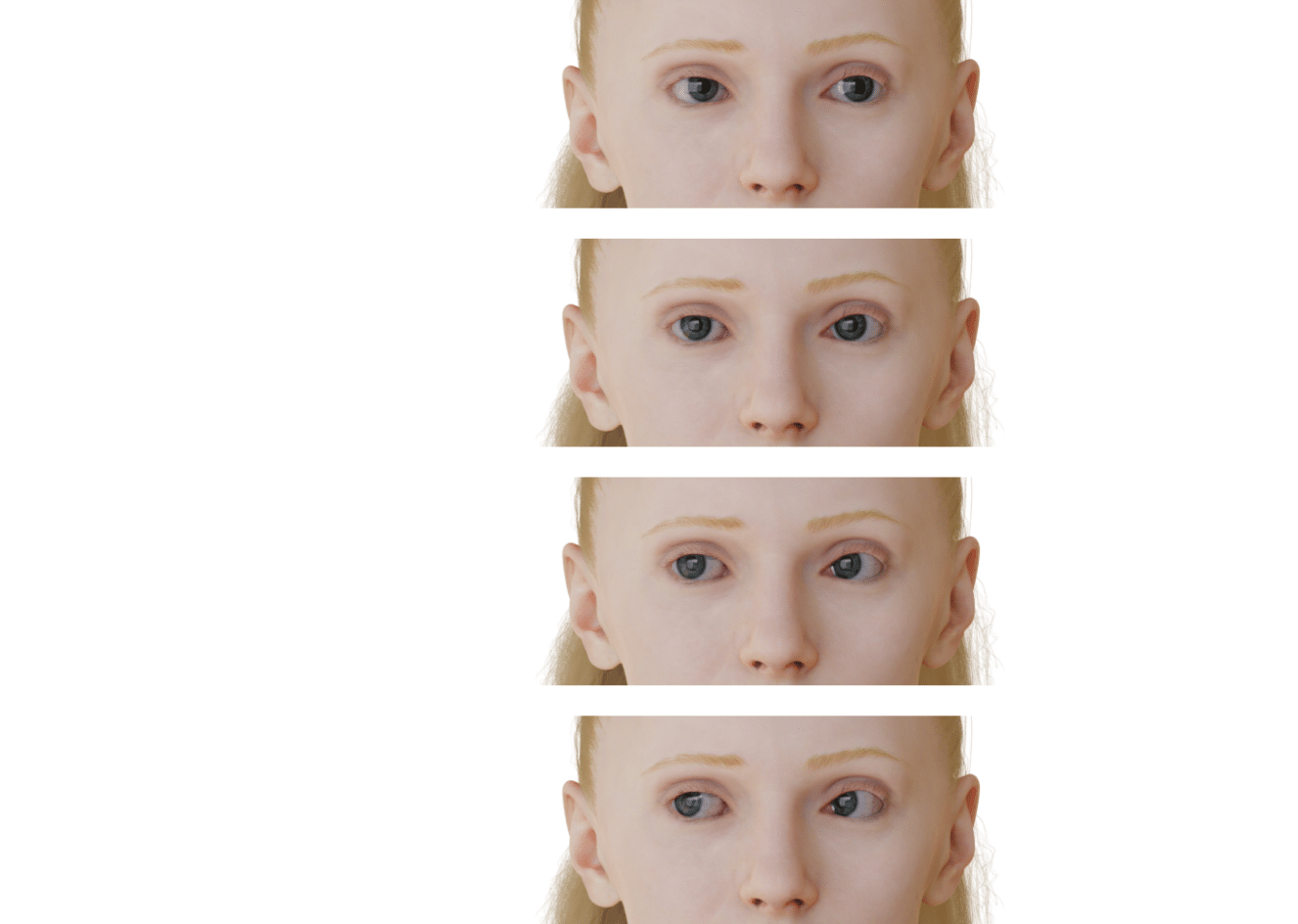 Gaze Estimation: Common Applications, ML Models & Datasets14 Jul 2023
Gaze Estimation: Common Applications, ML Models & Datasets14 Jul 2023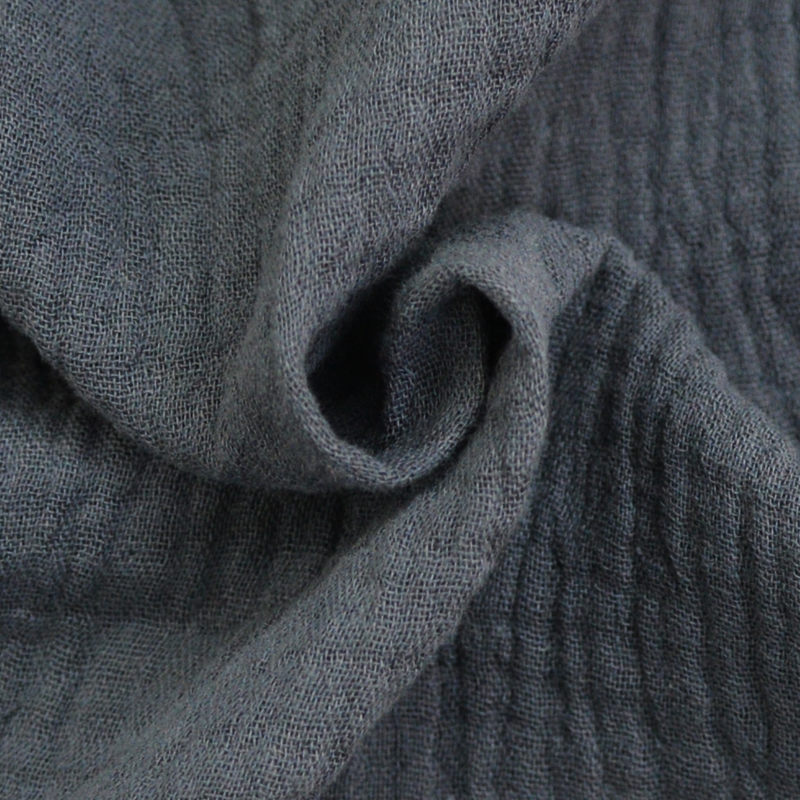 Double gaze - anthracite14 Jul 2023
Double gaze - anthracite14 Jul 2023 Gaze interactions - Windows apps14 Jul 2023
Gaze interactions - Windows apps14 Jul 2023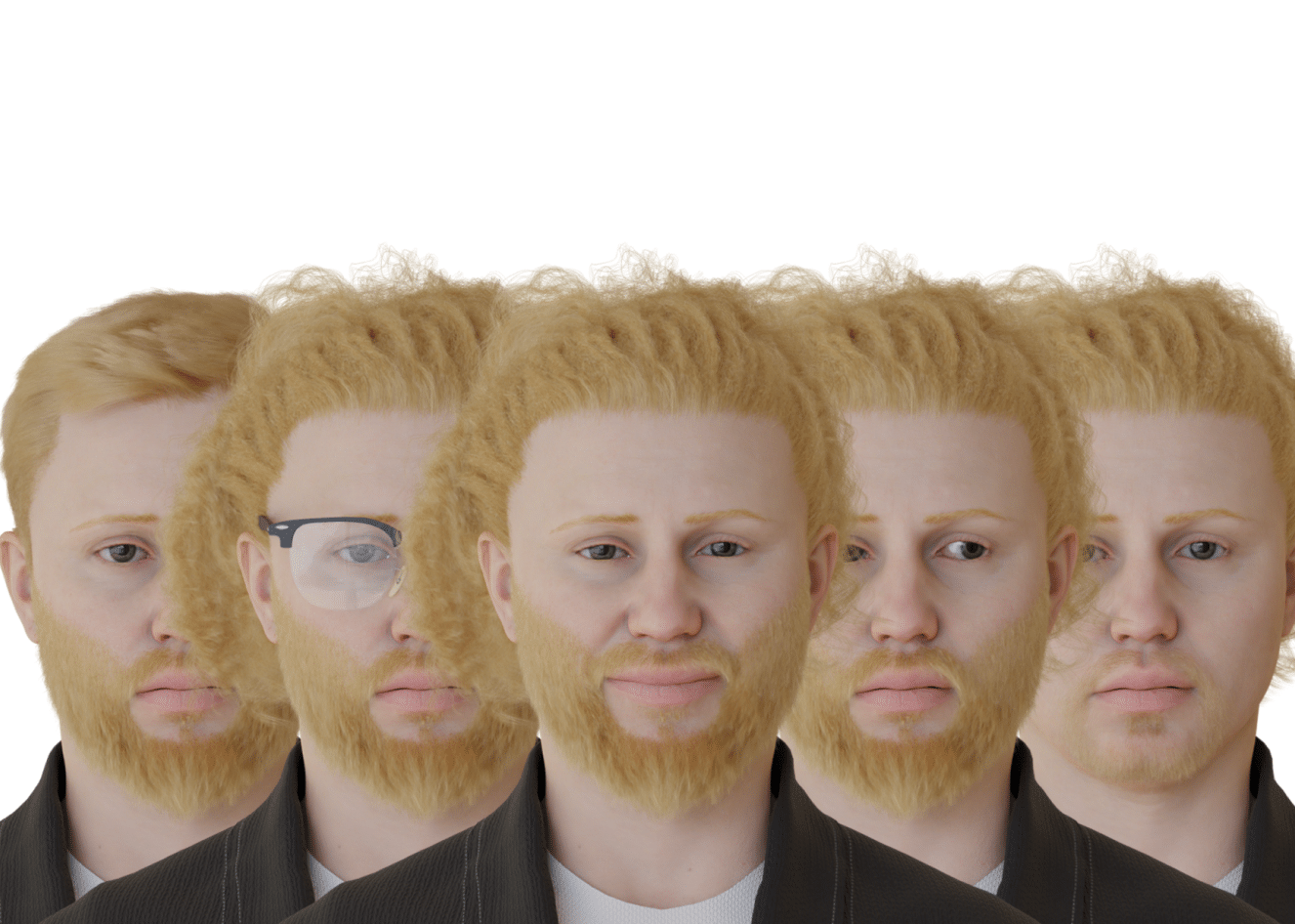 Eye Gaze Tracking: Applications, Techniques, and Key Metrics - Datagen14 Jul 2023
Eye Gaze Tracking: Applications, Techniques, and Key Metrics - Datagen14 Jul 2023 Découvrez le 3ème numéro de votre magazine féministe. — Gaze Magazine14 Jul 2023
Découvrez le 3ème numéro de votre magazine féministe. — Gaze Magazine14 Jul 2023
Tu pourrais aussi aimer
 Garmin Forerunner - Wikipedia14 Jul 2023
Garmin Forerunner - Wikipedia14 Jul 2023 1 Rouleau 550 mètres cordon de corde de fil tressé Mauritius14 Jul 2023
1 Rouleau 550 mètres cordon de corde de fil tressé Mauritius14 Jul 2023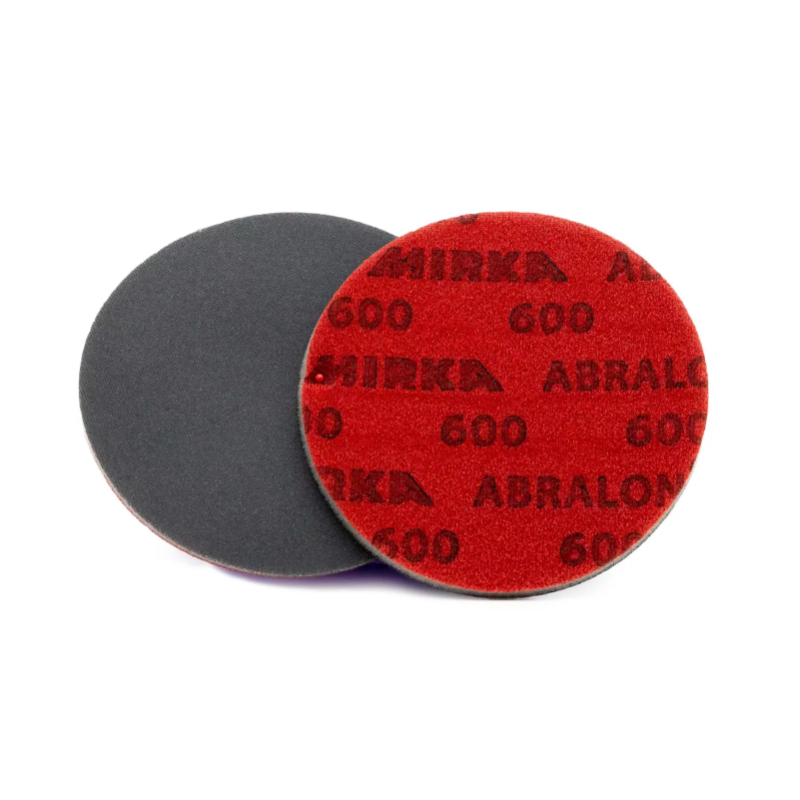 Disque abrasif de finition grain P600 Mirka abralon14 Jul 2023
Disque abrasif de finition grain P600 Mirka abralon14 Jul 2023 Aspirateur Point Noir Extracteur Point Noir Blackhead Remover Appareil Point Noir Visage Aspirateur Point Noirs Nez Comedon Extraction de Bouton14 Jul 2023
Aspirateur Point Noir Extracteur Point Noir Blackhead Remover Appareil Point Noir Visage Aspirateur Point Noirs Nez Comedon Extraction de Bouton14 Jul 2023- La tirelire virale 😂 10k dedans en 1ans ? Rdv en decembre 202414 Jul 2023
- AgfaPhoto Europe14 Jul 2023
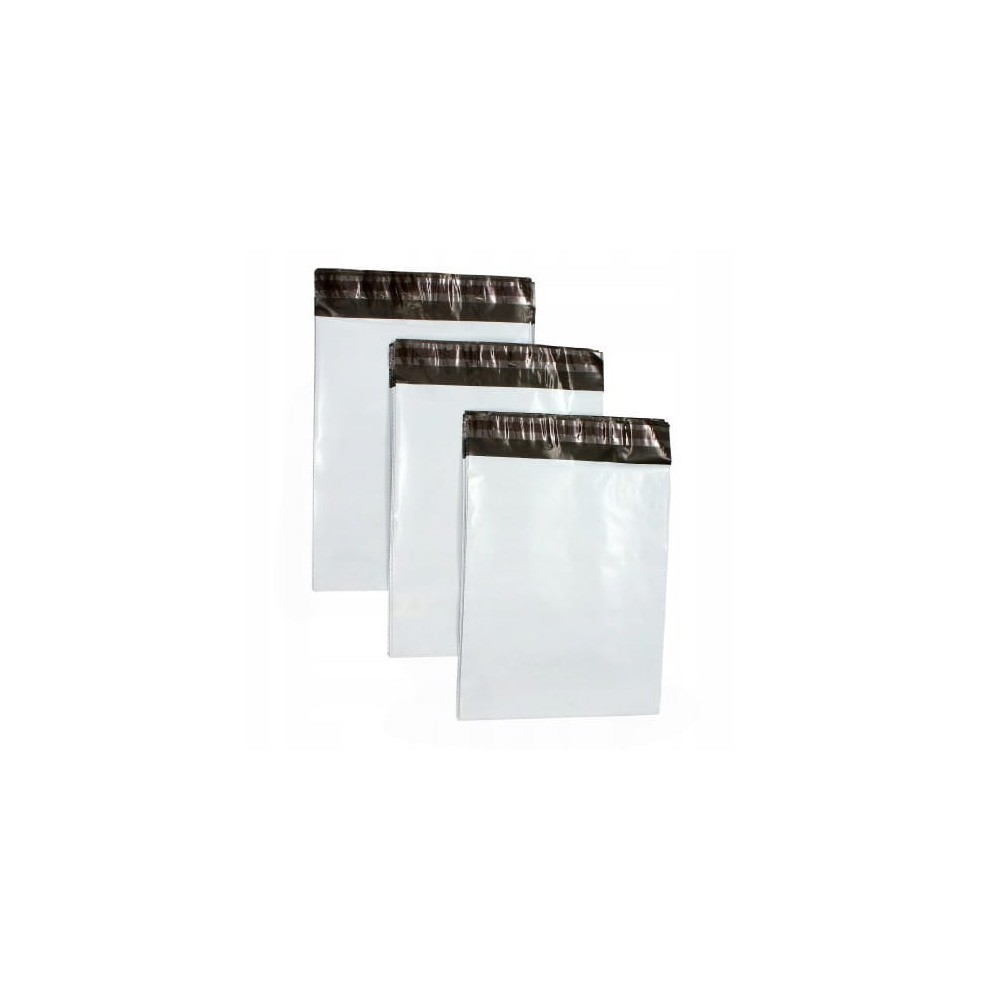 50 x Pochette plastique opaque / Enveloppes opaques / webshopbags B14 Jul 2023
50 x Pochette plastique opaque / Enveloppes opaques / webshopbags B14 Jul 2023 GOURDE 500ML POKÉMON - NEUF - Pokemon14 Jul 2023
GOURDE 500ML POKÉMON - NEUF - Pokemon14 Jul 2023 Modilac AR 1 - Modilac14 Jul 2023
Modilac AR 1 - Modilac14 Jul 2023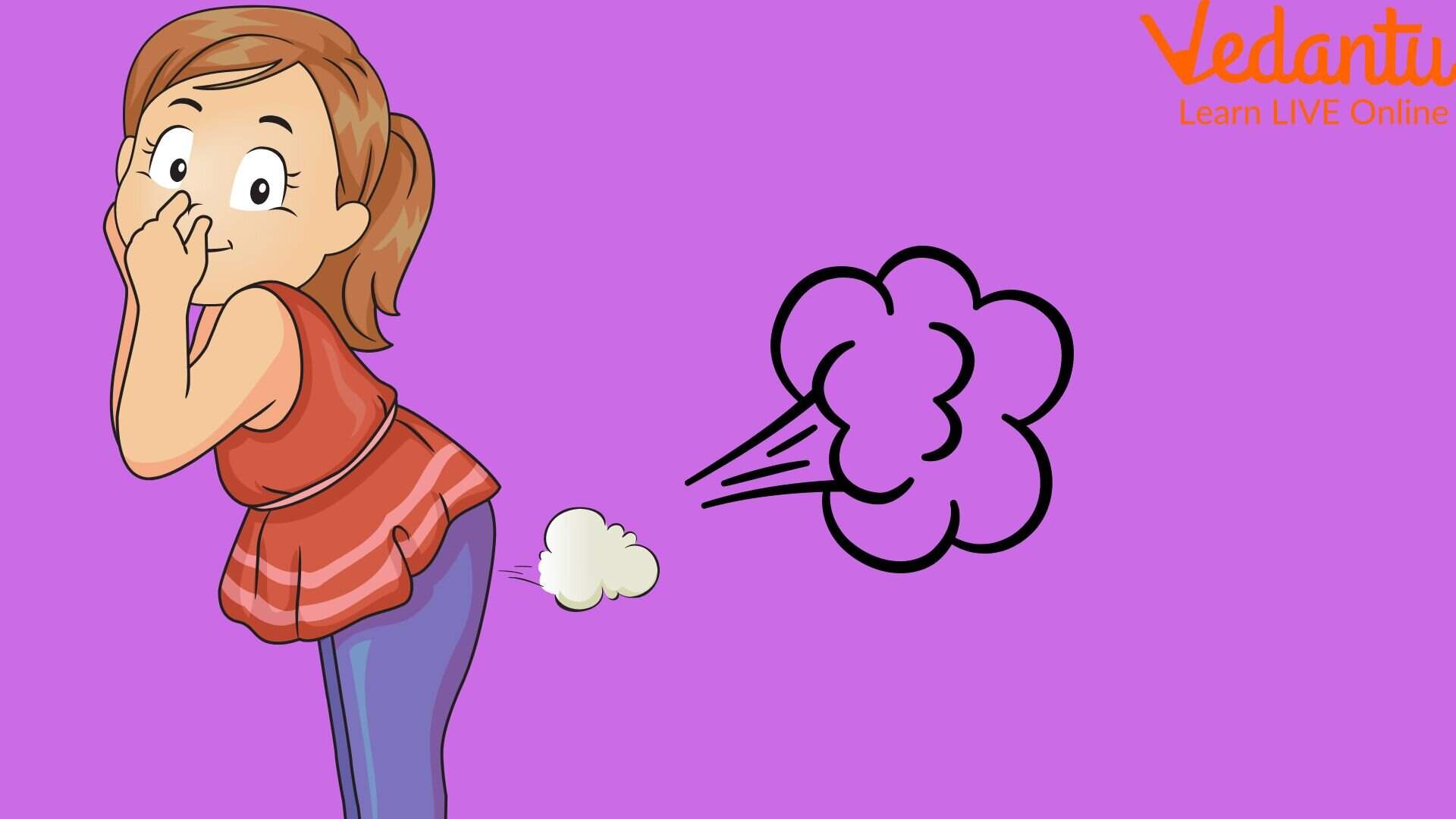 Why Do We Fart? Meaning and Facts About Farting14 Jul 2023
Why Do We Fart? Meaning and Facts About Farting14 Jul 2023

